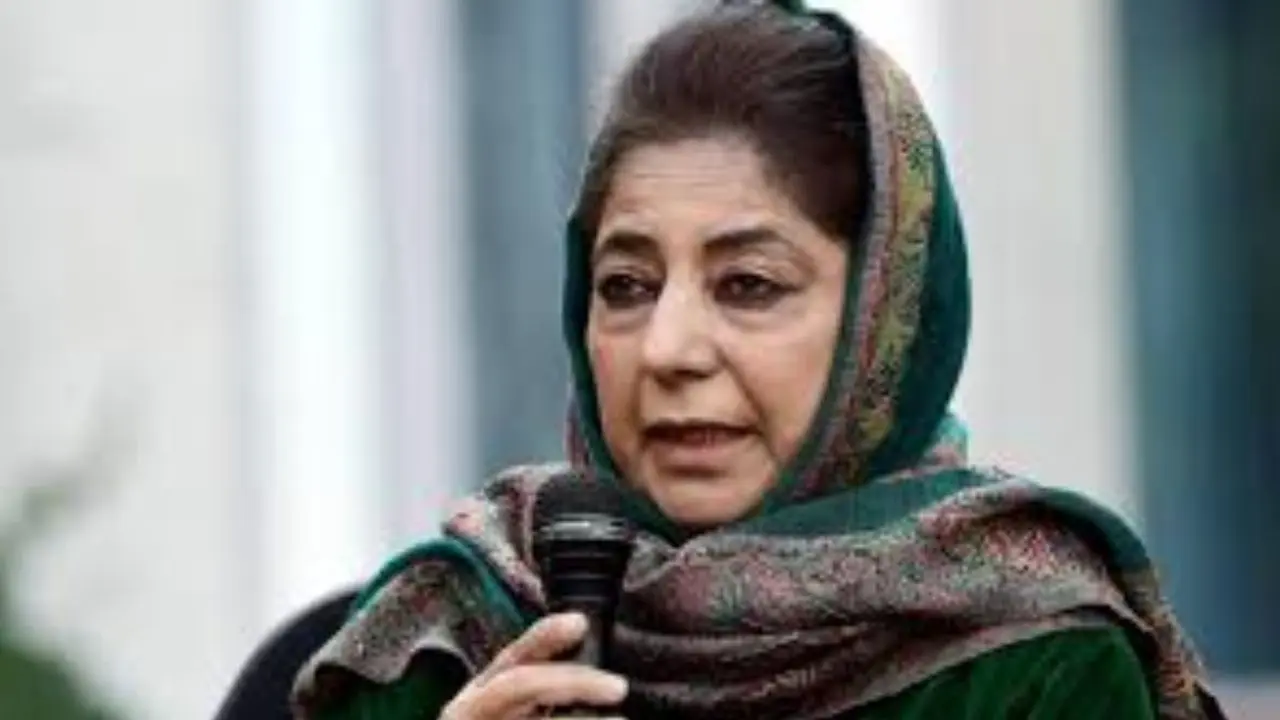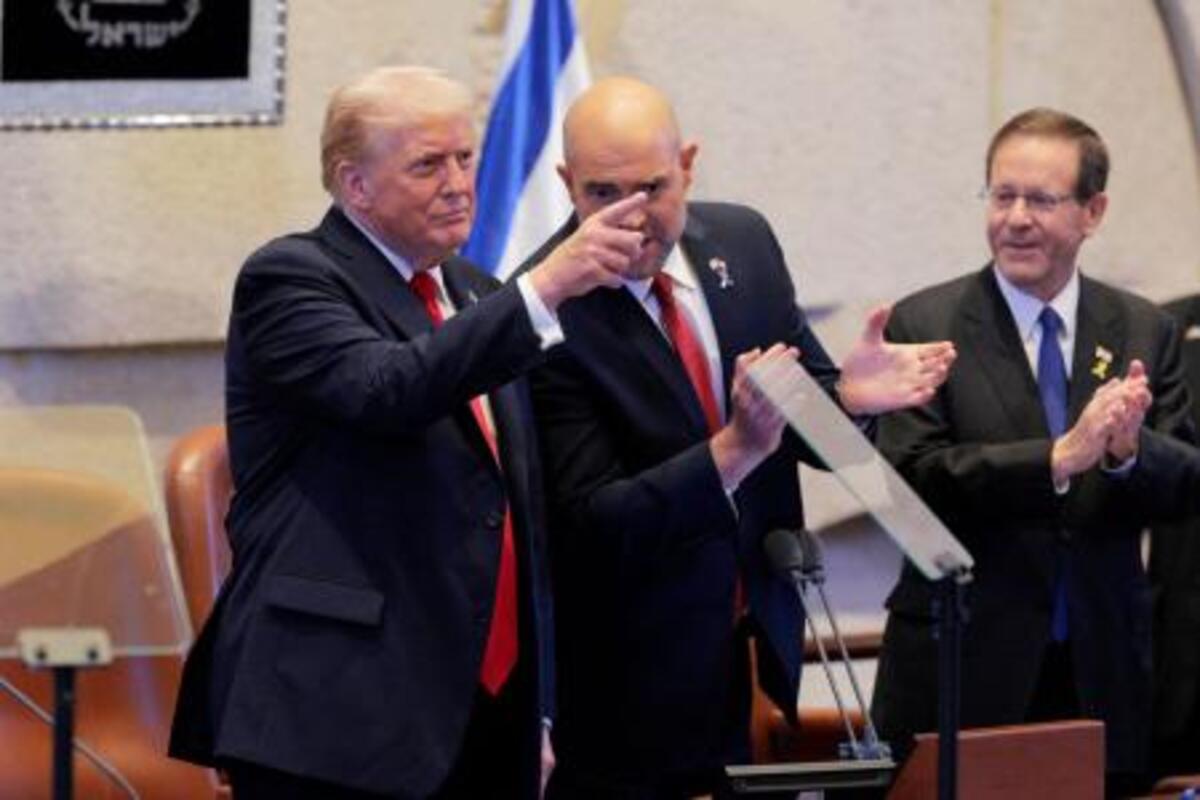**Political Violence in the U.S.: Separating Rhetoric from Reality**
*By Art Jipson, Associate Professor of Sociology, University of Dayton*
—
After the Sept. 10, 2025 assassination of conservative political activist Charlie Kirk, President Donald Trump claimed that radical leftist groups foment political violence in the U.S., stating, “they should be put in jail.” He asserted, “The radical left causes tremendous violence,” adding that “they seem to do it in a bigger way” than groups on the right.
Top presidential adviser Stephen Miller also weighed in, describing left-wing political organizations as “a vast domestic terror movement.” “We are going to use every resource we have … throughout this government to identify, disrupt, dismantle and destroy these networks and make America safe again,” Miller said.
However, policymakers and the public need reliable evidence and actual data to understand the reality of politically motivated violence.
—
### The Reality of Political Violence in the U.S.
From our research on extremism and a review of related studies, it is clear that the president’s and Miller’s assertions about political violence from the left are not supported by facts.
Our findings confidently show that most domestic terrorists in the U.S. align politically on the right. Right-wing attacks account for the vast majority of fatalities from domestic terrorism.
—
### Political Violence Is Rising
Understanding political violence is complicated by varying definitions and the recent removal by the Department of Justice of a crucial government-sponsored study on domestic terrorists.
Political violence in the U.S. has increased in recent months and often takes forms that go unrecognized.
During the 2024 election cycle, nearly half of all states reported threats against election workers—ranging from social media death threats to intimidation and doxing.
The assassination of Charlie Kirk underscores this growing threat. The man charged with the murder, Tyler Robinson, allegedly planned the attack in writing and online.
This follows other politically motivated killings, including the June assassination of Democratic Minnesota state Representative and former House Speaker Melissa Hortman and her husband.
Such incidents highlight a disturbing normalization of political violence. Threats and violence are increasingly accepted by some as acceptable means to achieve political goals, posing serious risks to democracy and society.
—
### Defining ‘Political Violence’
This article draws on our research on extremism, academic studies, federal reports, datasets, and ongoing monitoring to assess what is known about political violence.
Support for political violence in the U.S. is spreading from extremist fringes into the mainstream, making violent actions seem normal. Online threats can easily escalate to real-world violence, threatening democratic processes.
However, various agencies and researchers use different definitions of political violence, complicating comparisons.
For example, the FBI and Department of Homeland Security define domestic violent extremism as threats involving actual violence. Crucially, they do not investigate individuals for constitutionally protected speech, activism, or ideological beliefs.
Domestic violent extremism—as defined by these agencies—involves violence or credible threats of violence intended to influence government policy or intimidate civilians for political or ideological reasons.
This broad framing includes diverse activities under one umbrella, guiding investigations and prosecutions.
Academic datasets often use narrower, more operational definitions. The Global Terrorism Database, for instance, includes incidents with intentional violence motivated by political, social, or religious reasons.
Due to such definitional differences, the same incident might appear in one dataset but not in another.
The FBI and Department of Homeland Security emphasize that these distinctions have real-world consequences. Labeling an incident as “terrorism” versus a “hate crime” affects which agency investigates and the resources allocated.
For example, a politically motivated shooting might be classified as terrorism in federal reports, categorized as political violence by research groups like the Armed Conflict Location and Event Data Project, and prosecuted as homicide or a hate crime at the state level.
—
### Patterns in Incidents and Fatalities
Despite differences in definitions, consistent patterns emerge from available evidence.
Politically motivated violence represents a small fraction of total violent crime. Yet, its impact is amplified by symbolic targets, timing, and extensive media coverage.
In the first half of 2025, 35% of violent events tracked by University of Maryland researchers targeted U.S. government personnel or facilities—more than twice the rate reported in 2024.
Right-wing extremist violence has consistently been deadlier than left-wing violence in recent years.
Government and independent analyses indicate that right-wing extremist violence accounts for approximately 75% to 80% of U.S. domestic terrorism fatalities since 2001.
Illustrative cases include:
– The 2015 Charleston church shooting, where white supremacist Dylann Roof killed nine Black parishioners.
– The 2018 Tree of Life synagogue attack in Pittsburgh, resulting in 11 deaths.
– The 2019 El Paso Walmart massacre, where an anti-immigrant gunman killed 23 people.
– The 1995 Oklahoma City bombing, the deadliest domestic terrorist attack in U.S. history, which killed 168.
In contrast, left-wing extremist incidents—including those tied to anarchist or environmental movements—comprise roughly 10% to 15% of incidents and less than 5% of fatalities.
Examples include arson and vandalism campaigns by groups such as the Animal Liberation Front and Earth Liberation Front in the 1990s and 2000s, which mostly targeted property rather than people.
Violence also occurred during Seattle May Day protests in 2016, with anarchist groups clashing with police, leading to injuries and arrests.
In 2016, five Dallas police officers were murdered by a heavily armed sniper targeting white police officers, an incident not clearly aligned with left-wing extremist activity.
—
### Challenges in Counting Political Violence
Another challenge in characterizing political violence arises from how the U.S. prosecutes such acts.
The government focuses on prosecuting criminal acts rather than formally designating organizations as terrorist entities, pursuing individuals under existing statutes such as conspiracy, weapons violations, RICO provisions, and hate crime laws.
Unlike foreign terrorism, federal law does not provide a mechanism to formally charge someone with domestic terrorism.
The State Department’s Foreign Terrorist Organization list applies only to groups outside the U.S.
Moreover, First Amendment protections bar the government from labeling domestic political organizations as terrorist entities.
—
### Rhetoric vs. Evidence
Without harmonized reporting and uniform definitions, data on political violence will remain incomplete.
Nevertheless, some important conclusions can be drawn:
– Politically motivated violence in the U.S. is rare compared with the total violent crime.
– Despite rarity, political violence has a disproportionate impact, fueling fear, influencing policy, and deepening polarization.
– Right-wing extremist violence has been more frequent and more lethal than left-wing violence.
– While the number of extremist groups is substantial and skewed toward the right, the number of organizations does not always correlate with violence levels.
– High-profile incidents of political violence often provoke heightened rhetoric and calls for broad responses.
– However, the empirical record shows that political violence largely concentrates within specific movements and networks rather than being evenly spread across the ideological spectrum.
Distinguishing rhetoric from evidence is vital for the health of American democracy.
President Trump and his advisers have threatened aggressive measures against entire organizations and their members, including legal action and scrutiny over tax statuses.
Yet, research clearly demonstrates that the majority of political violence originates from individuals or groups following right-wing ideologies.
—
**About the Author**
Art Jipson is an Associate Professor of Sociology at the University of Dayton.
—
*The Conversation is an independent and nonprofit source of news, analysis, and commentary from academic experts.*
https://www.phillytrib.com/commentary/right-wing-extremist-violence-is-more-frequent-and-more-deadly-than-left-wing-violence-what/article_2afa45a7-5180-47a4-96d1-03555659d6b5.html



